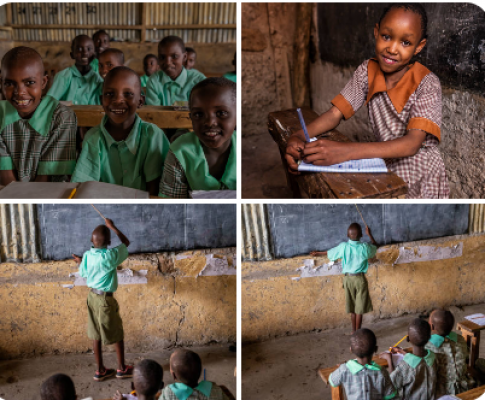The Reality of Basic Education Access for Children in Kenya
Views:1499 |
By:
Winnie

Over the last two decades, Kenya has improved the number of people who can go to school. After Free Primary Education (FPE) was introduced in 2003, the number of students attending school rose greatly across the nation. Now, public primary schools do not charge tuition, and the government is helping by updating buildings, hiring additional teachers, and supplying educational materials. Official statistics suggest that more than 90% of Kenyan children are enrolled in primary school.
The fact that there are many students in schools does not always guarantee that all children in Kenya get the full or real possibility of a basic education. Many go on facing problems, mostly in the northern part, crowded urban slums, and among nomadic groups. Among the factors stopping children from having regular classes or finishing their studies are poverty, child labor, early marriages, and not enough school facilities or too long trips to school. As a result, crowded classrooms and not enough teachers mean that a lot of students are not being taught properly.
Even though Kenya has shown dedication to education, the country faces a large difference between what is decided in policy and what is experienced in practice. It is great that separate organizations and community efforts try to help, but government aid and thoughtful solutions matter most to benefit the most endangered children. For all Kenyan kids to get a decent basic education, the focus should be on quality, including everyone, and providing aid for common social and financial problems. This means that while nearly all Kenyan children are now enrolled in primary school, their access to full basic education is not yet complete.
 Job search tips 2025
Job search tips 2025  3 Things You Should Never Say in a Job Interview
3 Things You Should Never Say in a Job Interview  Back to School with Emotional Strength
Back to School with Emotional Strength  How to Navigate Life After University
How to Navigate Life After University